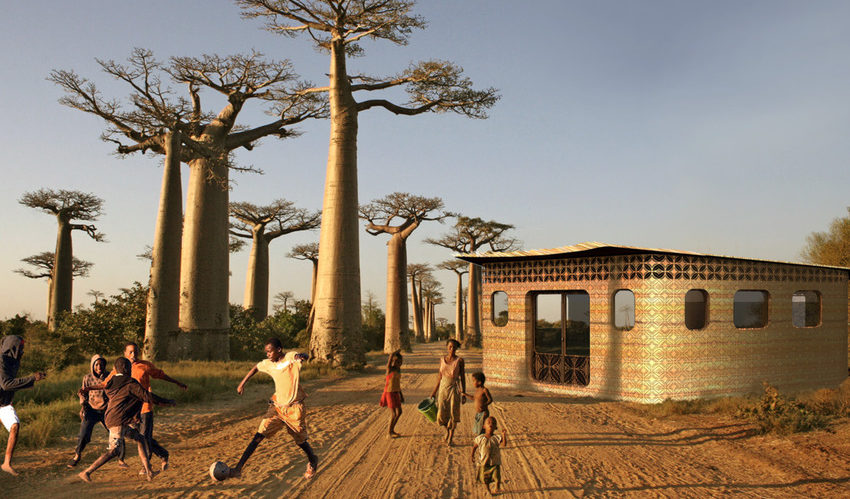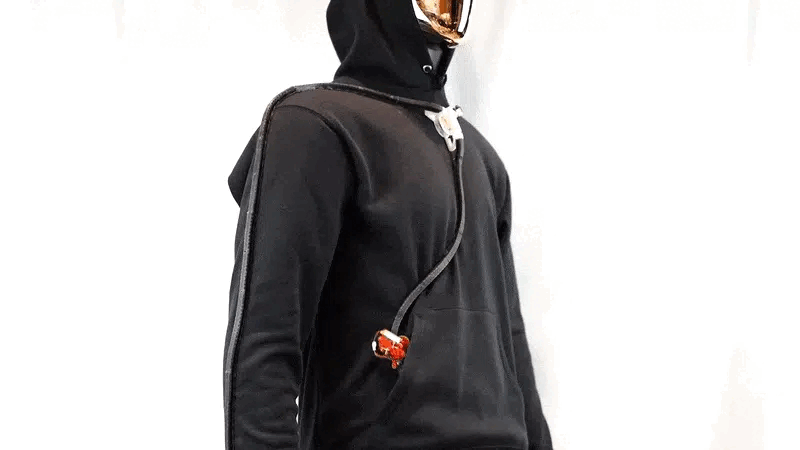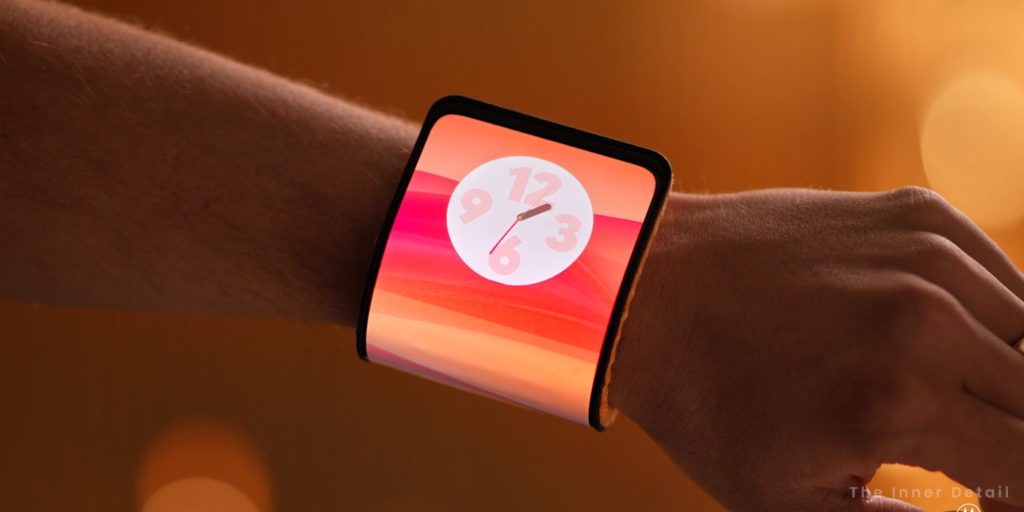Globe is developing as fast as its rotation, but puts back part of it into ‘under-developed’ state. One such instance could be depicted in the field of education as: Out of 2.2 billion children in the world, nearly 72 million are out of school due to lack of educative facility and major credits is taken by Sub-Saharan Africa or simply Africa. A peculiar reason for this is its absence of infrastructure for children to accommodate to learn.
And now tech has been intriguing the problem with its possible finest solution. As speaking of infrastructure @ buildings, 3D printing comes into action here, putting Madagascar in the first in the world to 3Dprint a school.
World’s First 3D Printed School
Studio Mortazavi, an architecture firm based in San Francisco and Lisbon, in collaboration with Thinking Huts, a non-profit organization aims to increase global access to education through 3D printing technology.
Buildings have been a product of 3D printing tech, but this is the first time in the world for a ‘school’ being printed.
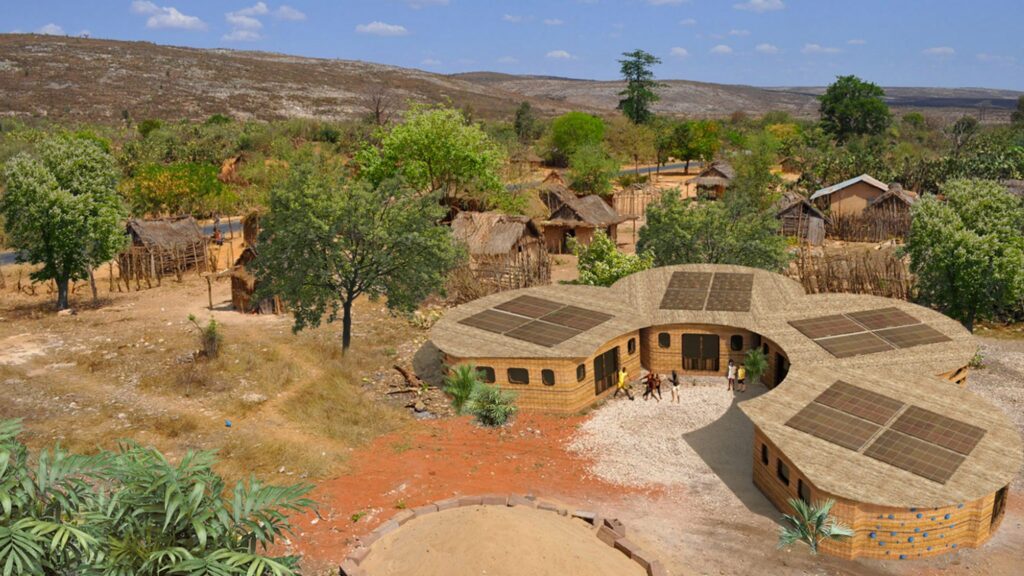
“From our knowledge, we will be building the first 3D-printed school in Madagascar,” Thinking Huts founder Maggie Grout told Dezeen. “There is a possibility that a 3D-printed school exists in the world, though we have not uncovered where it may be.”
The school designed by Studio Mortazavi, is made from concrete aggregate (which itself can be made from recycled materials to reduce CO2 emissions) and some locally sourced construction materials in Fianarantsoa, Madagascar. The biggest lead of this 3D printed school is its time period for construction, which took less than a week, starting from foundation till completely finishing it and is far cheaper than the traditional manual raising.
As the solar-powered school will be constructed in pods, it gives the school, a versatility of enabling to integrate more pods in future. (A pod is a group of one or more containers/rooms, with shared storage and network resources.) The constructed pods can be put into use as per the requirements & in this case, the pods will be utilised as classrooms, science labs, dance rooms, library or whatever.

“The beauty of the pods is that we can build an infinite campus with them as needed by the students and school,” Studio Mortazavi founder Amir Mortazavi told Dezeen.
For the initial pilot, a single-storey building will be printed for the university campus of Ecole de Management et d’Innovation Technologique (EMIT) in Fianarantsoa, which will measure 230 square metres and house up to 20 students.
Looks & Interiors of the School
The educative pod will have 2 straight narrow walls with one concave & one convex walls, because of its scalability and befitting to its environment. “We began with trying various different pod configurations using circles, hexagons, pentagons and octagons, and decided on a hybrid between a purely faceted shape and an organic shape.”
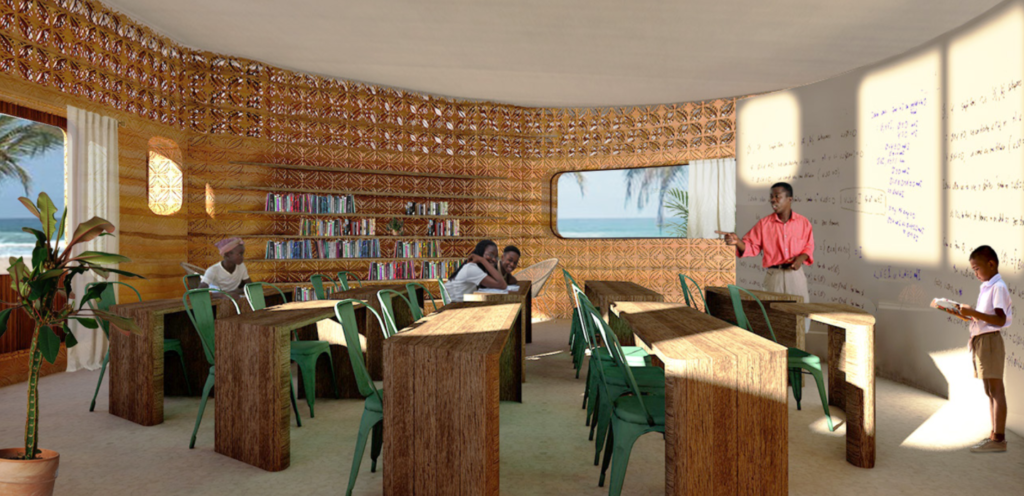
The exteriors walls are designed with relief patterns of Malagasy & are printed as it is with those patterns, fighting shy of paints. The same is repeated for interior faces too.
“We also thought about integrating color into the aggregate that is used in the printing to have the building adapt to the natural colors that exist within the landscape of Madagascar,” Mortazavi added.
College Education is free in Norway: Find more details here!
The facade will also allow a climbing wall and pockets that the children can use for vertical farms. Solar panels seated on the roof caters power to the school, from lighting to compostable toilets. The roof also equips fans and ventilation to chill the room.
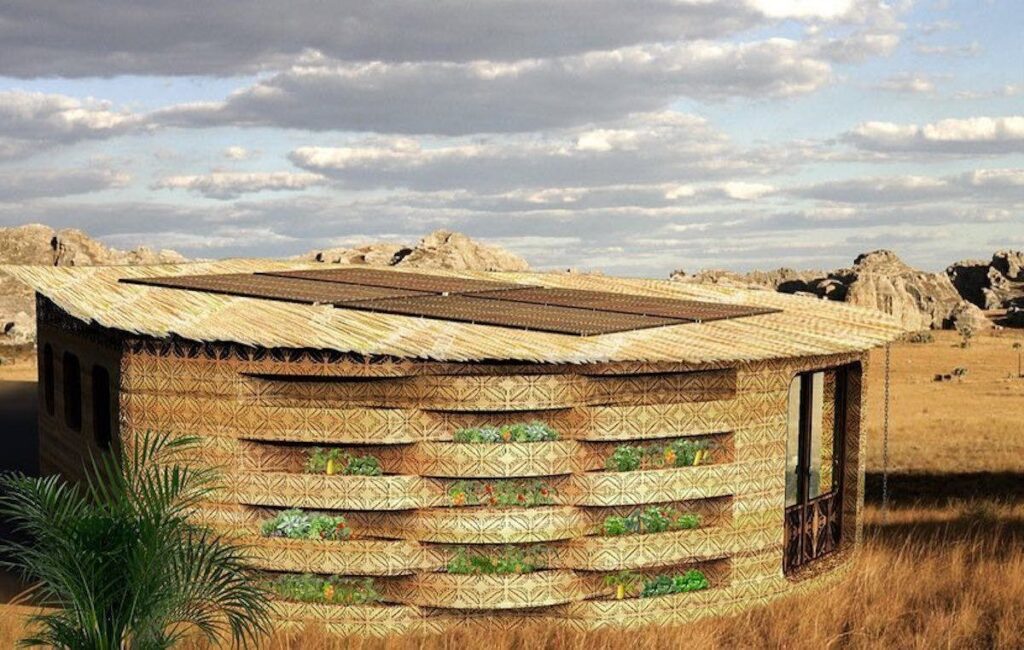
Studio Mortazavi & Thinking Huts collaborating with Finnish 3D printing company ‘Hyperion Robotics’ plans to start printing the school on July / August of 2021.
Read this: This Indian School accepts Plastic wastes as School fees
3D printing the schools will create wide impressions & stipulation in many parts of the world, in particular the areas, where conventional method is unfeasible due to lack of manpower or being remote. At last, infrastructure won’t be a barrier to let children learn, hereafter.
And if this school shows a great thumbs-up, the collaboration will drive more schools in Madagascar in future.
“If your plan is for one year, plant rice; if your plan is for ten years, plant trees; if your plan is for one hundred years, educate children.”
– Confucius (Chinese Philosopher)
Related posts on 3D printing:
- Future drinks will be 3D or 2D printed
- Satellites can 3D print itself & get launched, giving birth to space manufacturing
References:
